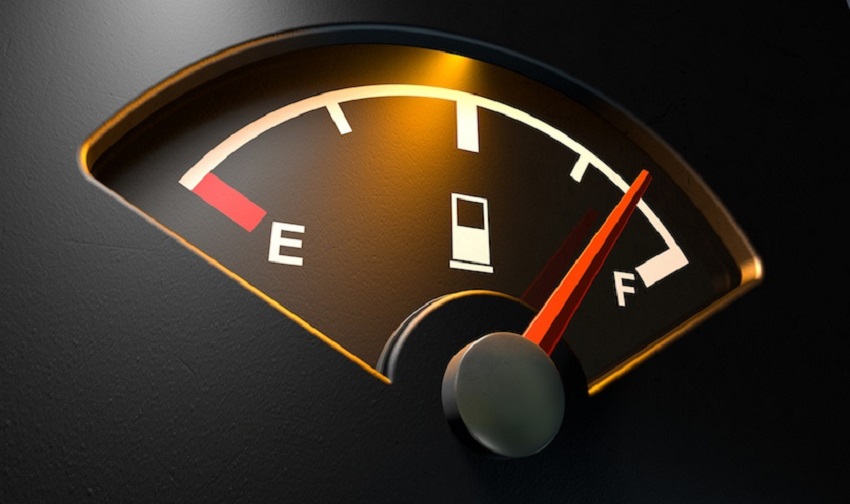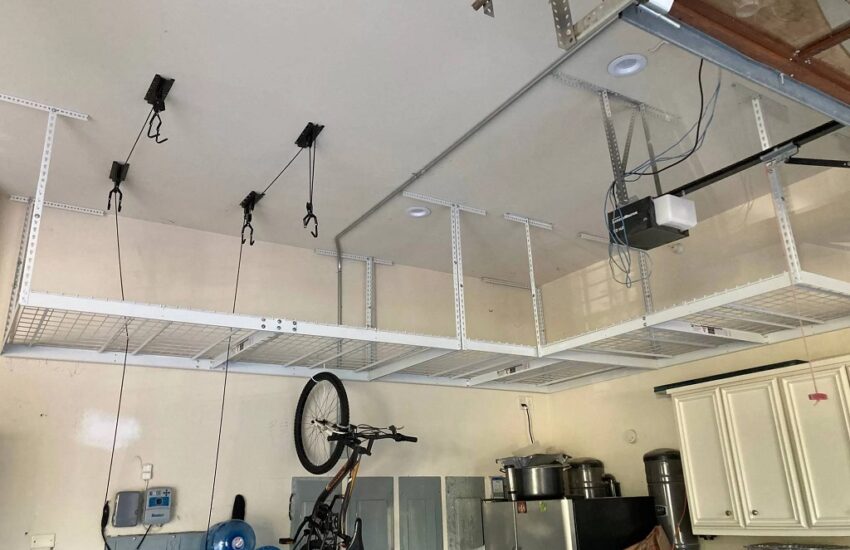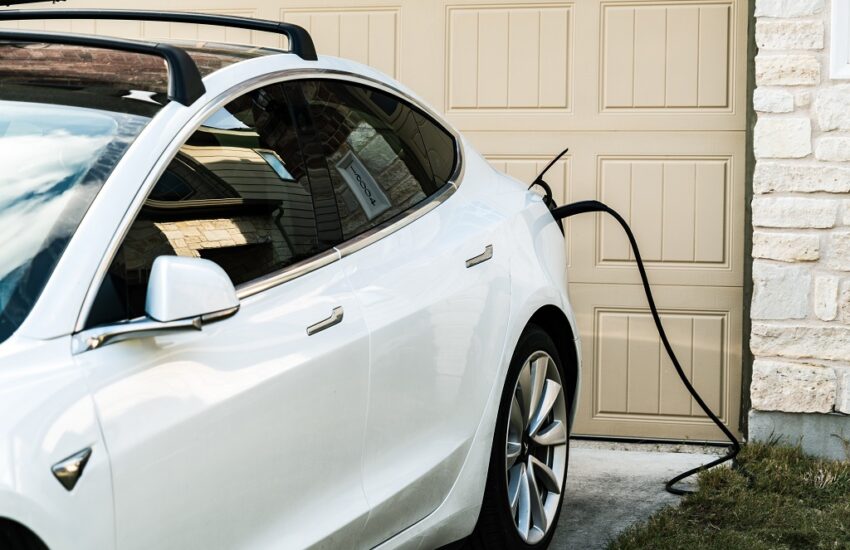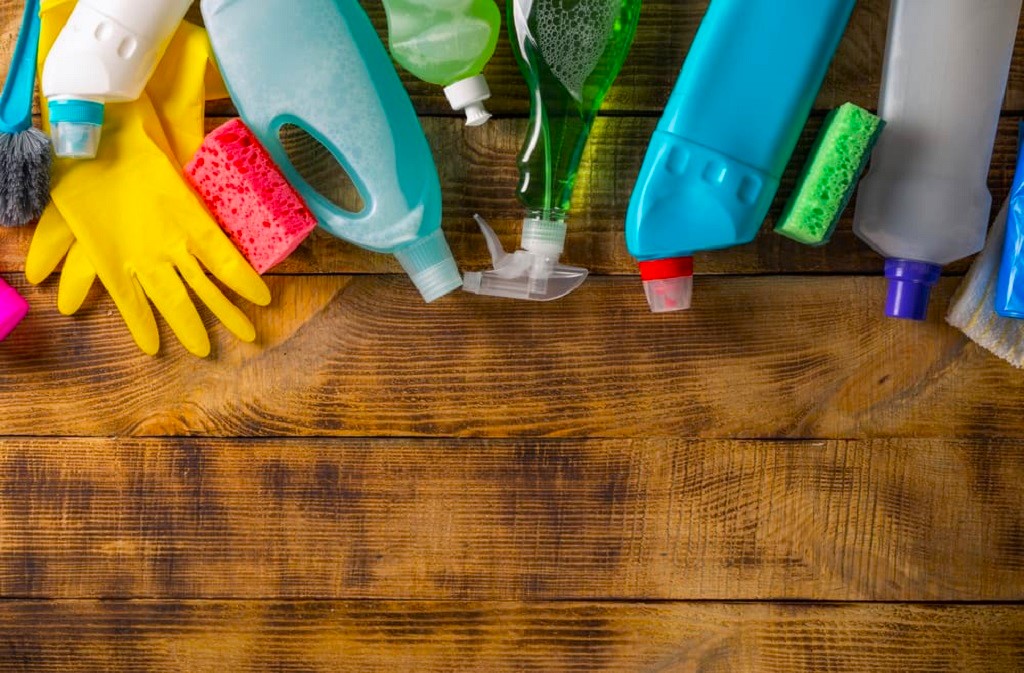If you’re experiencing issues with your vehicle’s fuel system or suspect a problem related to fuel pressure, it’s essential to diagnose the situation accurately. Checking the fuel pressure manually can help you identify potential problems and troubleshoot them effectively. In this article, we’ll guide you through the process of manually checking the fuel pressure in your vehicle. This article is provided by tenkaichiban.com
What is Fuel Pressure?
Before we delve into the process of manual fuel pressure checking, let’s understand what fuel pressure is. Fuel pressure refers to the force with which fuel is delivered to the engine from the fuel tank. It is a critical aspect of the fuel system as it ensures that the engine receives the right amount of fuel for optimal performance. In addition, it is important to discover how to unstick a fuel pressure regulator, as this can cause a decrease in fuel pressure and negatively affect engine performance.
Tools Required
To check the fuel pressure manually, you’ll need the following tools:
- Fuel Pressure Gauge: This gauge allows you to measure the pressure in the fuel system accurately.
- Safety Gear: Safety goggles and gloves are essential to protect yourself from any fuel spills or accidents.
- Fuel Pressure Test Kit: A fuel pressure test kit will include various adapters necessary for connecting the gauge to your vehicle’s fuel system.
Step-by-Step Guide
Here’s a step-by-step guide to manually check the fuel pressure in your vehicle:
Step 1: Prepare Your Vehicle
Park your car in a well-ventilated area, and turn off the engine. Allow the engine to cool down before proceeding.
Step 2: Locate the Schrader Valve
The Schrader valve is a valve stem similar to those found on tires. It is present on the fuel rail or the fuel line and is used to connect the fuel pressure gauge.
Step 3: Relieve System Pressure
Before connecting the fuel pressure gauge, you need to relieve the pressure in the fuel system. To do this, locate the fuel pump relay or fuse in the engine compartment fuse box and remove it. Then, start the engine and let it run until it stalls. This step depressurizes the fuel system.
Step 4: Connect the Fuel Pressure Gauge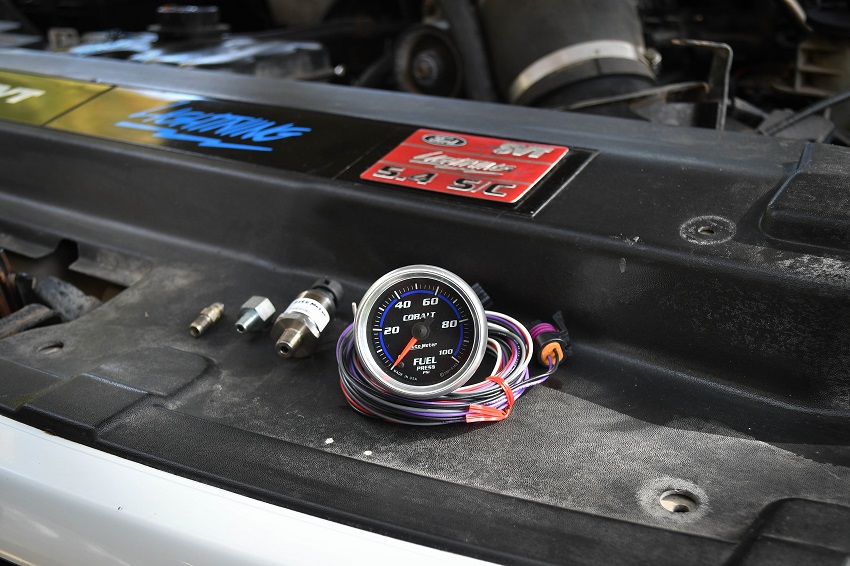
Attach the fuel pressure gauge to the Schrader valve by using the appropriate adapter from the test kit. Make sure the connection is secure.
Step 5: Check the Fuel Pressure
With the fuel pressure gauge connected, turn the ignition key to the ON position without starting the engine. The gauge will display the current fuel pressure. Compare this reading to the specifications provided in your vehicle’s service manual. If the pressure is within the acceptable range, your fuel system is functioning correctly.
Step 6: Turn Off the Ignition
After checking the fuel pressure, turn off the ignition and carefully disconnect the fuel pressure gauge from the Schrader valve.
Step 7: Clean Up
Clean up any fuel spills and securely reattach the fuel pump relay or fuse. Dispose of any used fuel responsibly.
Conclusion
Manually checking the fuel pressure is a valuable skill for any car owner or mechanic. It allows you to identify potential fuel system issues and take appropriate action before they become more significant problems. By following the steps outlined in this article and using the right tools, you can perform this task safely and effectively.
FAQs
Is it necessary to check fuel pressure manually if my car’s computer shows no error codes?
While modern diagnostic systems are advanced, manual fuel pressure testing can provide additional insights, especially if the issue is related to fuel delivery.
What are the common symptoms of low fuel pressure?
Common symptoms include rough idling, difficulty starting, poor acceleration, and stalling.
Can I check the fuel pressure on any vehicle?
The process may vary slightly between vehicles, but in general, you can manually check the fuel pressure on most gasoline-powered cars.
Is fuel pressure checking a DIY task, or should I consult a professional?
If you have some mechanical experience and the right tools, you can attempt this task. However, if you’re unsure or uncomfortable, it’s best to seek help from a qualified mechanic.
How often should I check the fuel pressure in my vehicle?
It’s a good practice to include fuel pressure checks as part of your regular vehicle maintenance routine, especially if you notice any performance issues.

